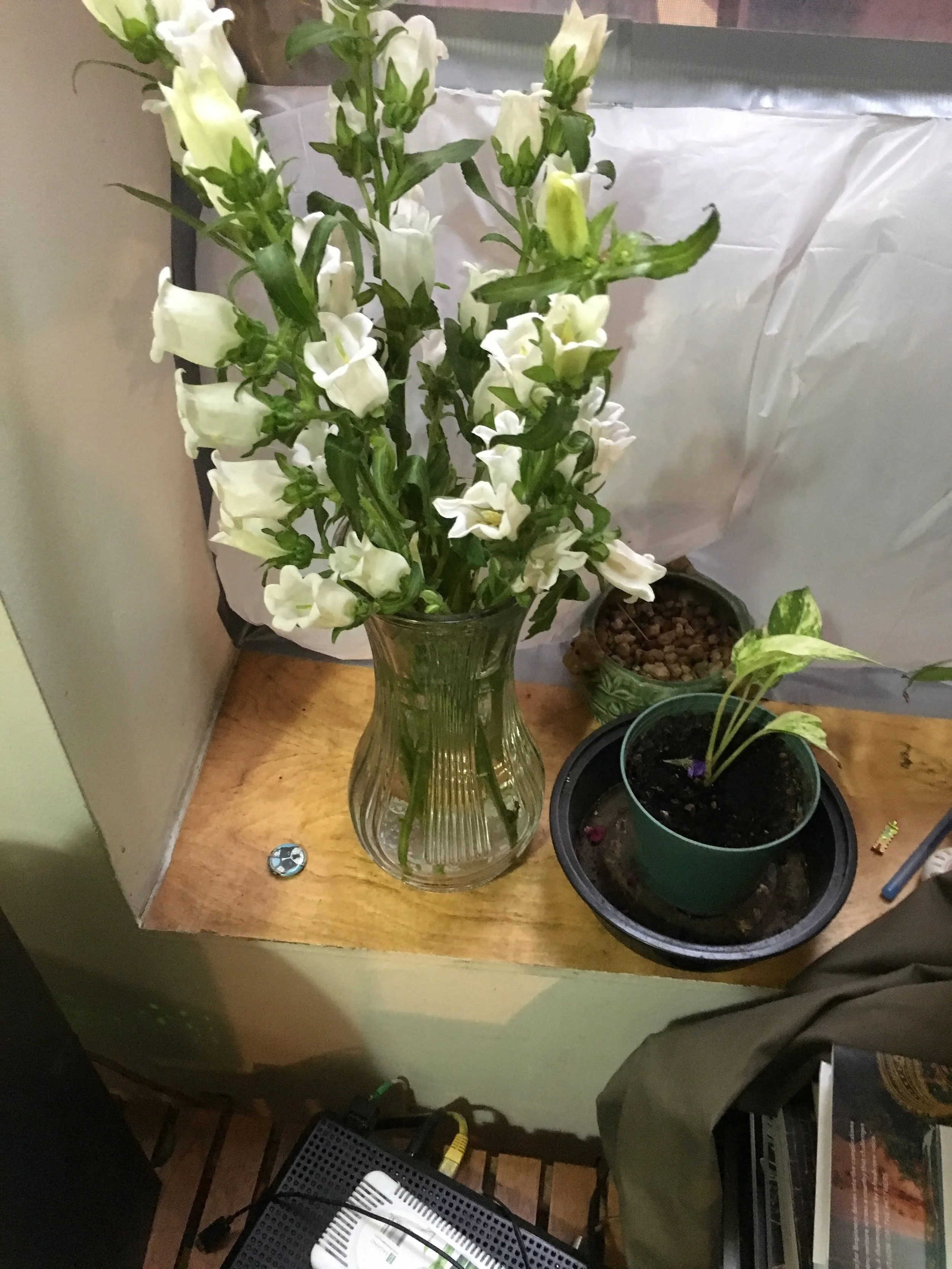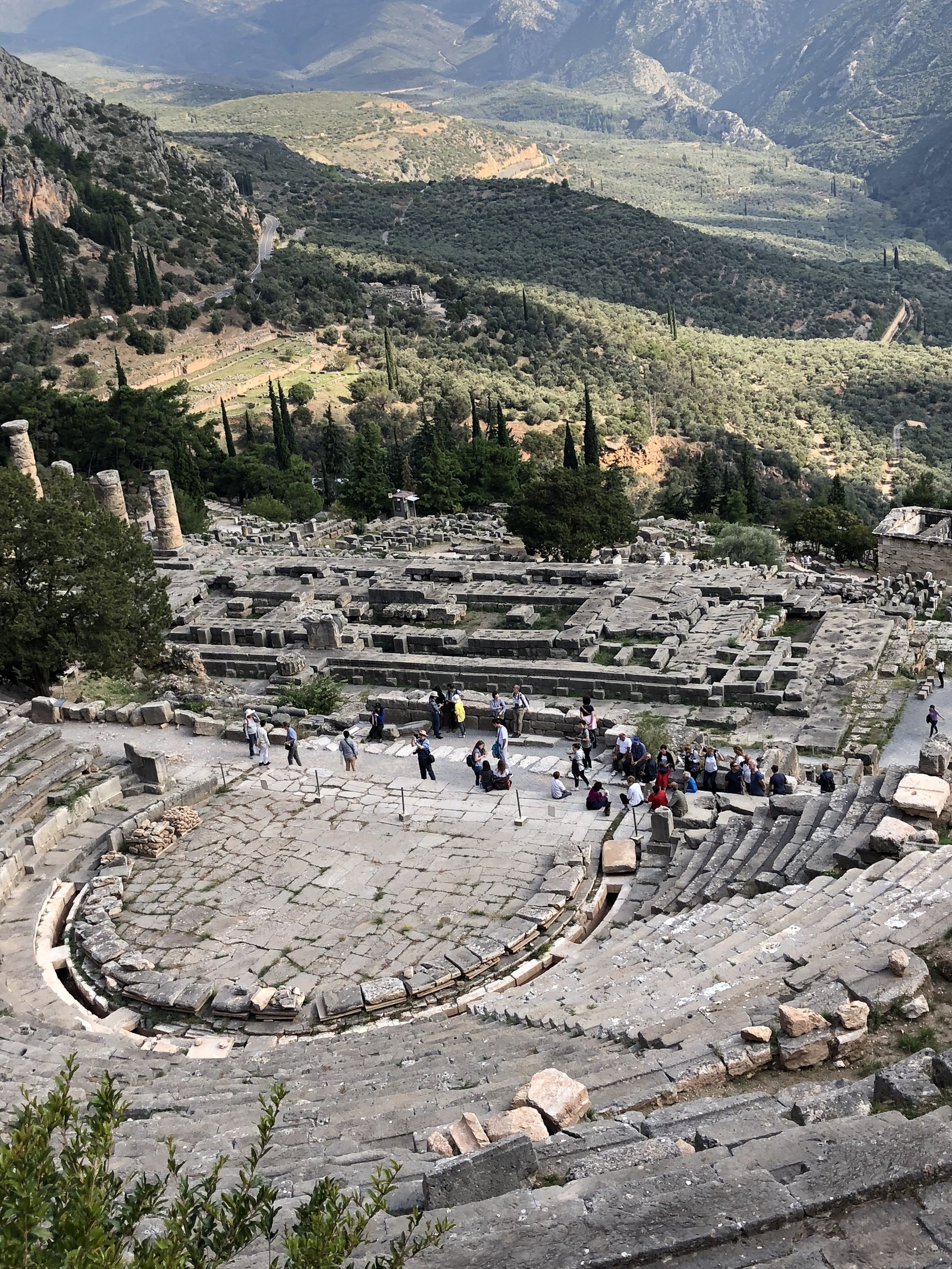In “The Haunting of Lin-Manuel Miranda,” Ishmael Reed Revives an Old Debate (The New Yorker)
Consensus and bipartisanship seem like a distant fantasy in today’s America. “Hamilton,” the musical created by Lin-Manuel Miranda that débuted in 2015 and is well on its way to becoming a billion-dollar production, is a rare source of general accord.
Vilma Hodo in Raw Artists Festival at Brooklyn Bazaar
Vilma Hodo in Raw Artists Festival at Brooklyn Bazaar.
Political Poetry Is Hot Again. The Poet Laureate Explores Why, and How. (The New York Times)
In the mid-1990s, when I was a student of creative writing, there prevailed a quiet but firm admonition to avoid composing political poems. It was too dangerous an undertaking, one likely to result in didacticism and slackened craft. No, in American poetry, politics was the domain of the few and the fearless, poets like Adrienne Rich or Denise Levertov, whose outsize conscience justified such risky behavior. Even so, theirs weren’t the voices being discussed in workshops and craft seminars.
Two Women, Two Costumes
Two women, two costumes. The upper and lower classes imitate each other to very different different effects and meanings. Pictured left is Lourdes de Oliveira in her carnival garb in 1959’s “Black Orpheus” and right is Marie Anoinette in the “rustic” dress whose popularity ignited the need for cotton-picking slaves in the new world. Thank you to Andrea Cauthen who conversed with us yesterday about her upcoming project exploring the legacy of the cotton-industry and black labor.
Your Apps Know Where You Were Last Night, and They’re Not Keeping It Secret (The New York Times)
The millions of dots on the map trace highways, side streets and bike trails — each one following the path of an anonymous cellphone user.
The Secret Weapons of the Far Right (Topic)
White supremacists talk a lot about differences—they draw lines not just between racial groups, but also among their own. Racist internet trolls insist they’re not the same as the Ku Klux Klan because they don’t don hoods or burn crosses; clean-cut college kids who call themselves “identitarians” point out that, unlike skinheads, they’re not inked with swastika tattoos; Southerners who defend Confederate heritage say they have nothing in common with mass murderers like Dylann Roof; anti-Semitic nationalists dismiss anti-immigration activists who are Jewish. Whatever the shallow truth of such distinctions, they serve only to obscure what unites various far-right factions: a commitment to preserving the political power of whiteness. And central to that commitment are women.
Warhol at the Whitney: A provocateur for all seasons (Two Coats of Paint)
Contributed by Jonathan Stevenson / There are certainly strong generational reasons for the Whitney to mount “Andy Warhol – From A to B and Back Again,” its penetrating current retrospective. It goes almost without saying that Warhol changed art history by melding the commercial and the “fine,” and, in his energized aesthetic embrace of the whole world (especially New York), by irreversibly expanding the horizons of art and substantially advancing its conceptual dimension. At the same time, it’s tempting to question whether he has more particular contemporary relevance – or at least whether today his work resonates positively or constructively.
Black Male Writers for our Time (New York Times)
Through the institutional cultural cache garnered during these many moments, our literary ancestors carved pathways to success. Harlem Renaissance writers parlayed white patronage to create inroads to the apparatus of publishing. The Black Arts Movement brought about radical changes in university curriculums. New institutions were founded, including New York City’s Medgar Evers College, providing black writers with access to the support and stability of academia. The poet Gregory Pardlo points to the rise of the New York and Chicago slam poetry scenes in the ’80s as a conduit for many writers, including the novelist Paul Beatty. Jacobs-Jenkins discusses ’90s-era evolutions in black writing that produced “an incredible sea change of influence,” when writers like August Wilson and Toni Morrison “achieved black arts excellence and major status in the same breath.”
Two Sister-Poets Gone Too Soon: Ntozake Shange and My Sister (The New Yorker)
Written by Hilton Als and originally published in The New Yorker:
I am writing this a day after my favorite sister’s birthday. She was very dear to me. She would have been sixty-nine this fall. She died two years ago, another casualty of M.S. and poor-black-girl-in-America life. My sister’s absence became even more pronounced for me when the poet, playwright, and author Ntozake Shange died on October 27th. Shange was just seventy when she passed and had been living in an assisted-care facility in Maryland. When my sister died, she had been living in an assisted-care facility in Brooklyn. My sister’s birthday, Shange’s death—each consumed me and left me sitting in the middle of a kind of loneliness which I do not want to bear but had to bear, because I wanted to tell you something about these women, their strengths and weaknesses, and the profound effect that each had on my life and my consciousness, as a writer and a feminist.
On a stairway beneath the eyes, a star ascended
You can see/feel/experience this work by LaMont Hamilton at The Drawing Center in SoHo.
Reimagining Norman Rockwell’s America - The New York Times
In 2012, Hank Willis Thomas saw a poster of Norman Rockwell’s painting of a family seated around a holiday table, the matriarch presenting a turkey to her guests. For Mr. Thomas, a 42-year-old black artist raised in Manhattan, the pale complexions in Mr. Rockwell’s 1943 masterpiece did little to represent his experience of a diverse America. So he decided to create a tableau of his own.
Read the full article by Laura M. Holson here.
Bimbo Rivas Mosaic at Two Boots Pizza
Bimbo Rivas mosaic at Two Boots Pizza in the East Village.



















